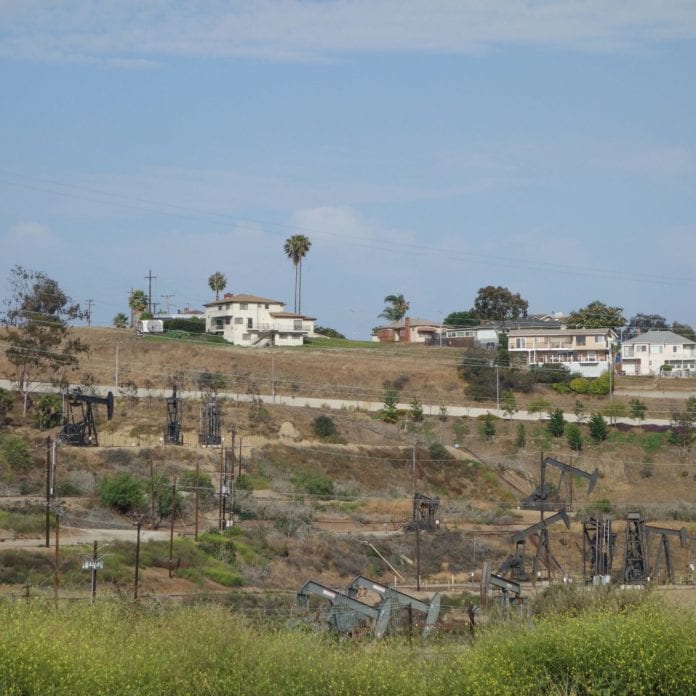Charter is planning a 200-node Citizens Broadband Radio Service network in the Los Angeles area, testing out a variety of fixed and mobile network equipment and including a site at the Inglewood Oil Field.
According to a filing with the Federal Communications Commission, the test network will begin operations later this month. This comes on the heels of Charter’s request to build a 100-node CBRS network in the Denver, Colorado area to test the technology’s efficacy for serving a corporate campus, primarily indoor-use scenario.
Charter said it would be using a number of deployment approaches: strand mount deployment on existing aerial cable strand at up to 18 feet in the air; building or pole mounts up to a height of 100 feet, and indoors at heights up to the third floor (40 feet). It will be conducting testing within eight miles of four fixed locations: the Baird Park area; another site near Valley Glen; one in Ladera Heights at the Inglewood Oil Field; and another in Anaheim.
Private LTE networks for industrial use cases, such as oil and gas production sites, have long been seen as one of the market opportunities for CBRS. According to the Inglewood Oil Field’s web site, the field covers 1,000 acres and is one of the largest contiguous urban oil fields in the U.S. It is one of the 20 largest oil fields in California and produces between 2.5-3.1 million barrels a year, on average.
The Anaheim site is near a University of California, Irvine medical complex, Angel Stadium, Los Angeles’ “Platinum Triangle” — and within four miles of Disneyland.
Charter said that it intends to install approximately 200 fixed transmitters and employ up to 50 mobile transmitters during the testing, and that it will conduct capacity testing and evaluate propagation, connectivity and throughput testing, as well as assess inter-cell interference and the “compatibility and individual performance of each vendor” contributing to its test network. As with its deployment in Denver, Charter will be using Federates Wireless’ Spectrum Access System.
The filing also gives some insights into the state of the CBRS ecosystem, both in terms of user equipment and network devices. Charter says that it will be testing half a dozen models of end user devices and 12 models of fixed equipment: seven types of Category B devices designed for outdoor use only, and five types of Category A devices designed primarily for indoor use.
Although Los Angeles is in the coastal Exclusion Zone in which incumbent naval radar systems could require access to the band, Charter said that its network will only operate in the 3650-3700 MHz portion of the band in order to avoid interfering with those radars. The company also noted that it is aware of fixed satellite service earth stations — another class of incumbent users of the spectrum, which operate at 3650-3700 MHz — in the area, but that it will coordinate with those to make sure there is no interference. “Given the low [Effective Isotropic Radiated Power] transmit levels of the proposed radios, coupled with their low installed elevation, Charter expects limited RF propagation distances as well as limited and localized aggregative contribution to the RF noise floor,” the company added.

